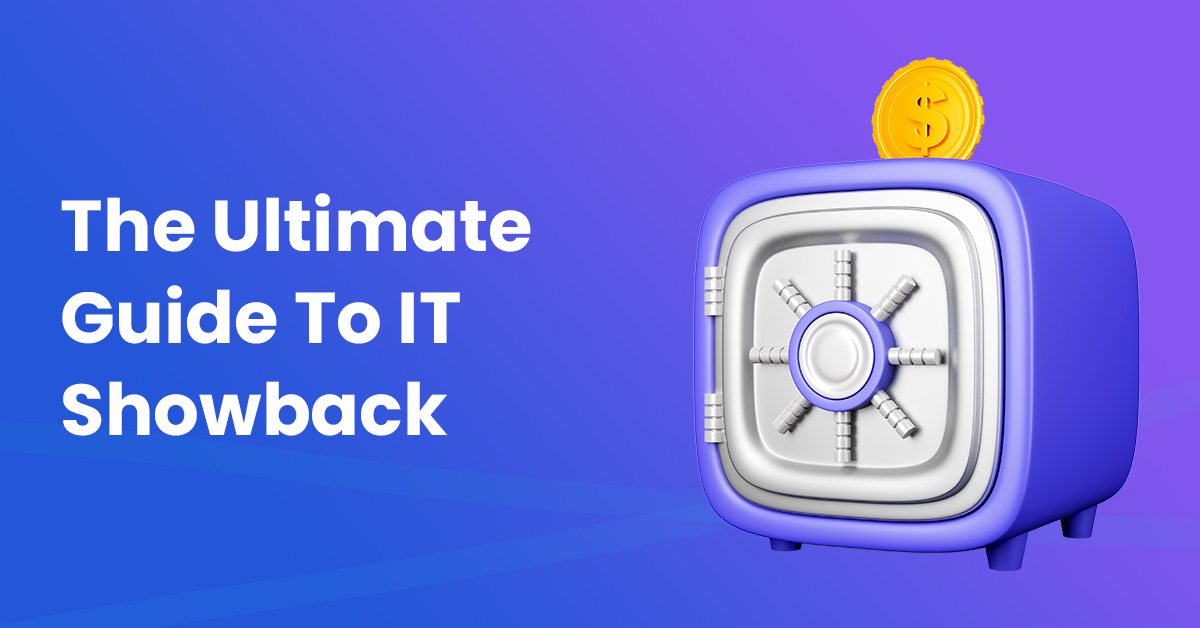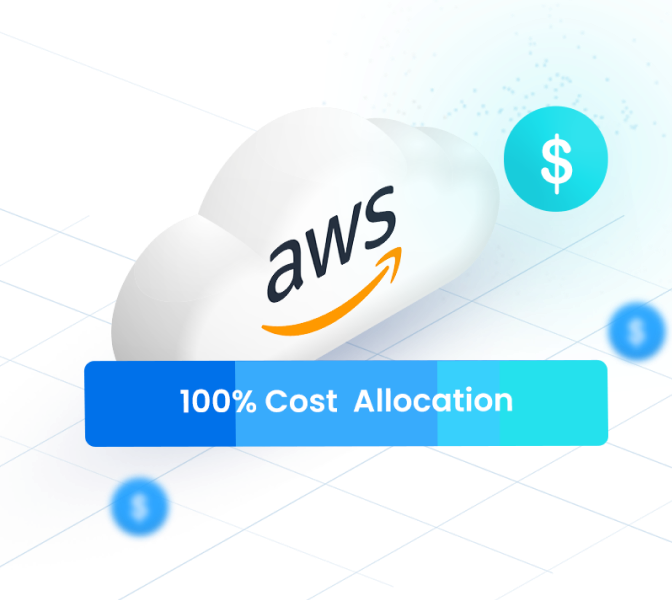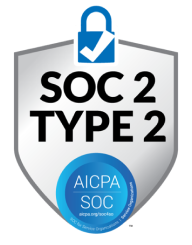As cloud bills continue to increase, it becomes vital for businesses to manage their cloud spend. And the very first step to cloud management definitely is cloud cost allocation. Until and unless your business understands what cost is being spent on what resource and by what team, all efforts to cloud management remain insufficient.
This is where IT Showback comes in!
The Showback model is a way for businesses to track their cloud usage, making it possible to identify areas for improvement and better manage their cloud services. This blog will explore the Showback model and how businesses can use it for effective cloud cost allocation, ultimately leading to better control over your cloud spend.
What Is Showback Model?
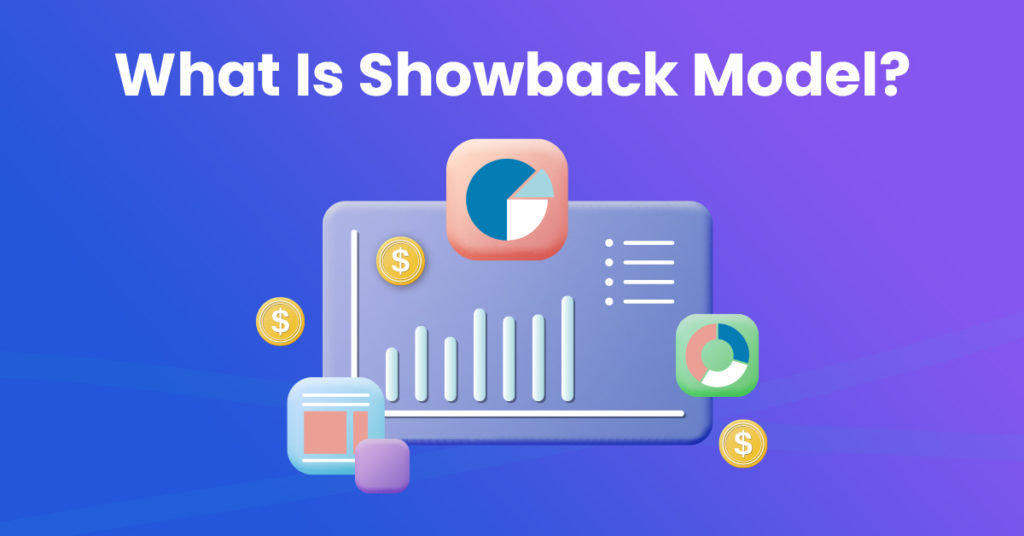
The showback model is a process for companies to track their usage and costs of cloud computing to identify areas for improvement and better manage their cloud services. It is important to note that the showback model does not involve charging a business for their usage – it is a way for them to track and measure their cloud services usage and costs.
The showback model is the process by which a company’s IT department tracks the use of cloud services and usage-based billing services, generating usage reports that are then presented to the company’s business units. This helps to ensure that the business units are billed accurately for their usage of the cloud services. The business units can then use these reports to decide what cloud services they should use and how to use them.
AWS Cloud Cost Allocation: The Complete Guide
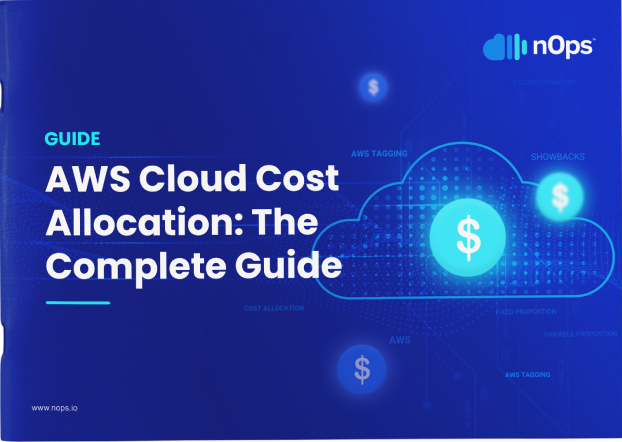
Showback VS. Chargeback
Agile Showback and chargeback are policies used by IT departments to allocate and/or bill the costs associated with cloud infrastructure. Understanding the differences between showback and chargeback when it comes to IT cloud spend is essential.
- Showback is a process of reporting cost and usage information to departments and users, while chargeback requires payment for the same services.
- With IT showback, IT departments can provide greater visibility into costs and usage while allowing departments to realize the value of their investments. On the other hand, chargebacks are more formal and involve the recovery of costs through billing.
Both have advantages and disadvantages, but it is essential to consider which model best aligns with the organization’s needs. To learn more about the differences, you can head up to Chargeback VS Showback.
What Are The Benefits Of The Showback Model?
The showback model has various benefits for businesses. These include:
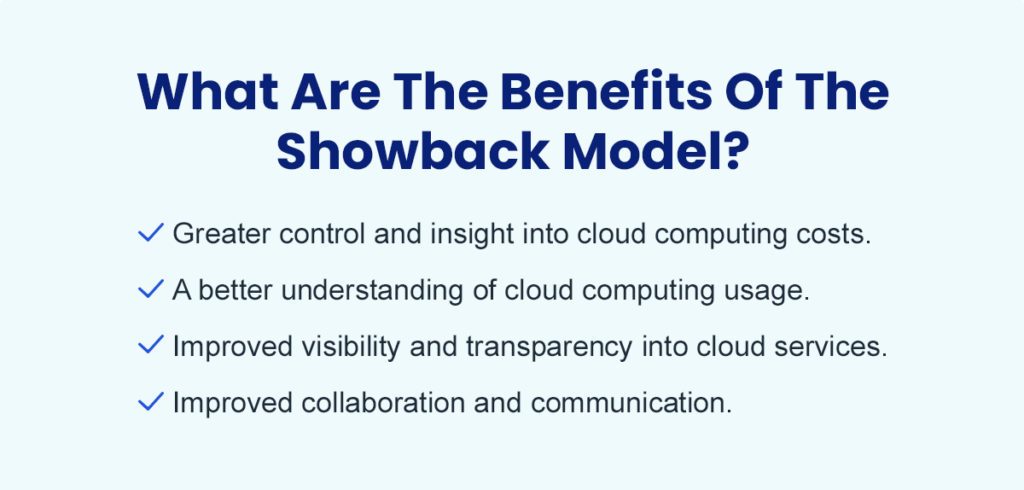
- Greater control and insight into cloud computing costs.
With the showback model, businesses can accurately measure their cloud services usage and associated costs, providing greater control over their cloud expenses. This allows businesses to monitor and control their prices to ensure they pay only what is necessary for cloud services. This can help to reduce overall business costs and save money.
- A better understanding of cloud computing usage.
With the showback model, business units are better equipped to understand their usage of cloud computing services. This can facilitate more appropriate and efficient use of cloud services, enabling businesses to get the most out of their cloud services and use them appropriately.
- Improved visibility and transparency into cloud services.
With the showback model, business units are better equipped to view and understand their cloud computing services usage and related costs. This can improve transparency and visibility, enabling business units to forecast their costs and identify areas for improvement.
- Improved collaboration and communication.
The showback model facilitates better collaboration and communication between the business units and the IT department. This can improve overall communication and collaboration, allowing businesses to manage cloud services.
How To Create AWS Showback?
There are various steps that businesses can follow to create Showbacks in AWS.
These include:
- Define the scope of the model.
The first step in creating Showbacks in AWS is to define the scope of the model. This includes determining which cloud services the model will cover and which business units it will apply to.
- Assign account owners.
Once you have defined the model’s scope, you can assign account owners for each cloud service. These account owners will monitor and track their business units’ usage, generate usage reports, and present them to their business units.
- Establish tracking mechanisms.
In order to effectively track and measure cloud service usage, businesses will need to establish tracking mechanisms. These tracking mechanisms will vary depending on the cloud services that the model applies. For example, if the model applies to Amazon Web Services (AWS), businesses will need to track their usage of AWS by using tags, billing accounts, and organization units.
- Create usage reports.
Once you have established the tracking mechanisms, you can generate Showback usage reports for each cloud service. These usage reports will include information about your business units’ usage of each cloud service, including the amount of usage, the type of usage, and the costs.
Present the AWS Showback reports.
Finally, account owners can present the usage reports to their business units. This can ensure that business units are aware of their usage, know what usage is being billed, and can forecast their costs. This can also facilitate better collaboration and communication between the IT department and business units.
- Showback reporting and analytics
A crucial part of creating Showbacks in AWS is generating showback reports. These reports can give businesses an overview of their usage and associated costs of each cloud service. This can help businesses to understand their cloud services usage better, enabling them to use their cloud services and get the most out of them. In addition, these reports can help to improve visibility and transparency into cloud services, enabling business units to forecast their costs and identify areas for improvement. There are various types of showback reports that businesses can generate. These include:
- Usage reports: Usage reports provide businesses with an overview of cloud services usage. This can help businesses to understand their usage better, enabling them to use their cloud services and get the most out of them.
- Cost reports: Cost reports provide businesses with a breakdown of their cloud services costs. This can help businesses to identify areas for improvement, enabling them to reduce costs and save money.
- Service mix reports: Service mix reports provide businesses with an overview of their cloud services mix, helping them better understand their cloud services. This can help businesses use their cloud services more effectively, getting the most out of them.
- Service dependency reports: Service dependency reports provide businesses with an overview of which cloud services they depend on. This can help businesses identify improvement areas, enabling them to reduce dependency on specific cloud services.
You can read more about Showback allocation at: FinOps On nOps: Allocating Every Dollar Of Your AWS Bill!
How Showback Helps In Cloud Cost Optimization?
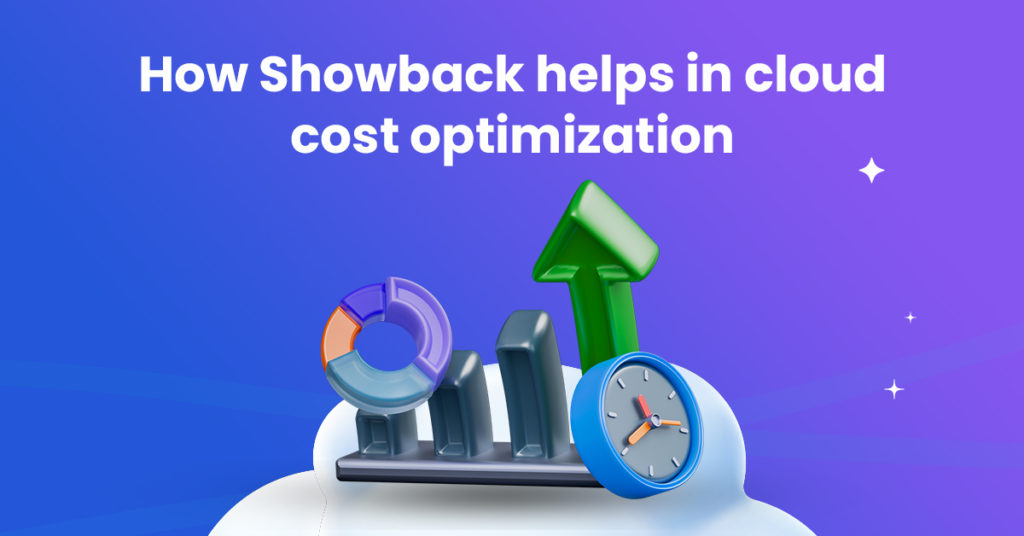
The cloud showback model gives businesses a clear picture of their cloud services usage and associated costs. This can help businesses save money by enabling them to understand their cloud services usage better, identify areas for improvement and reduce costs. In addition, businesses can use the showback model to optimize their cloud services, appropriately using the appropriate services. This can help businesses reduce the amount of unnecessary or over-utilized cloud services they are using, reducing their cloud costs and saving money. The showback model can help businesses optimize their cloud services in several ways. This includes:
- Adjusting the service mix. The service mix refers to a business’s combination of cloud services. A business may have too many or too few cloud services, or its current service mix may need to be revised.
- Adjusting the usage of cloud services. A business may use certain cloud services too frequently, while others may need to be more utilized.
- Adjusting the service cost of cloud services. A business may pay too much for certain cloud services, while others may cost them too little.
How Showback helps in cloud governance?
A key benefit of implementing the showback model is that it can facilitate cloud governance. Cloud governance refers to the process of governing cloud computing, ensuring that it is used appropriately and meets acceptable standards. The showback model can help businesses to implement and enforce their cloud governance policies, enabling them to manage better and control their cloud services.
This can help to reduce the risk of unauthorized or unapproved use of cloud services, preventing unnecessary or incorrect use. Moreover, the FinOps showback model can help businesses to identify areas for improvement, helping them to govern their cloud services more effectively. This can help businesses improve their cloud performance, reduce the risk of downtime, and improve productivity.
How can nOps help with Showback Implementation?
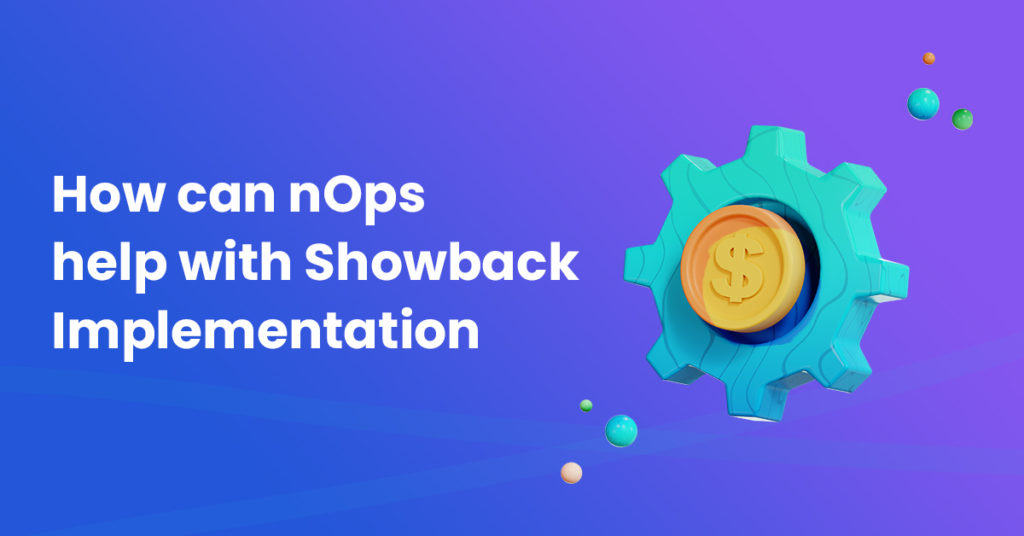
Showback is a powerful tool for accurately tracking cloud costs and analyzing usage patterns. With a showback system in place, businesses can effectively allocate costs and make informed decisions on the usage of cloud services. By leveraging cloud intelligence dashboards like nOps, organizations can compare, contrast and analyze the cost of their cloud services in real-time. This helps them to quickly identify any potential areas of cost savings and make the necessary adjustments. With nOps Showback Features:
- Users can create Showbacks and select multiple tag keys based on their requirements.
- Users can also create Showback without keys as well.
- You can access different tag values and costs associated with the tag keys.
- Filters help you to filter out data for different categories and time ranges.
- nOps help you combine showback values and customize them according to your needs.
- You can allocate unallocated resources to showback values (tag values + custom showback values) via “Allocation Rules”
nOps automates eliminating unnecessary cloud costs, managing reservations, and optimizing containers. All of this is done using data and with no manual effort. nOps is a Machine Learning-based FinOps tool that can help reduce cloud waste, allowing you to run activities on spot instances. In addition, it optimizes containers, all with automated and data-oriented processes.
Sign up for nOps today. With nOps, you don’t pay unless we are saving you money.
.png?width=1920&height=1080&name=Landscape%20(4).png)

